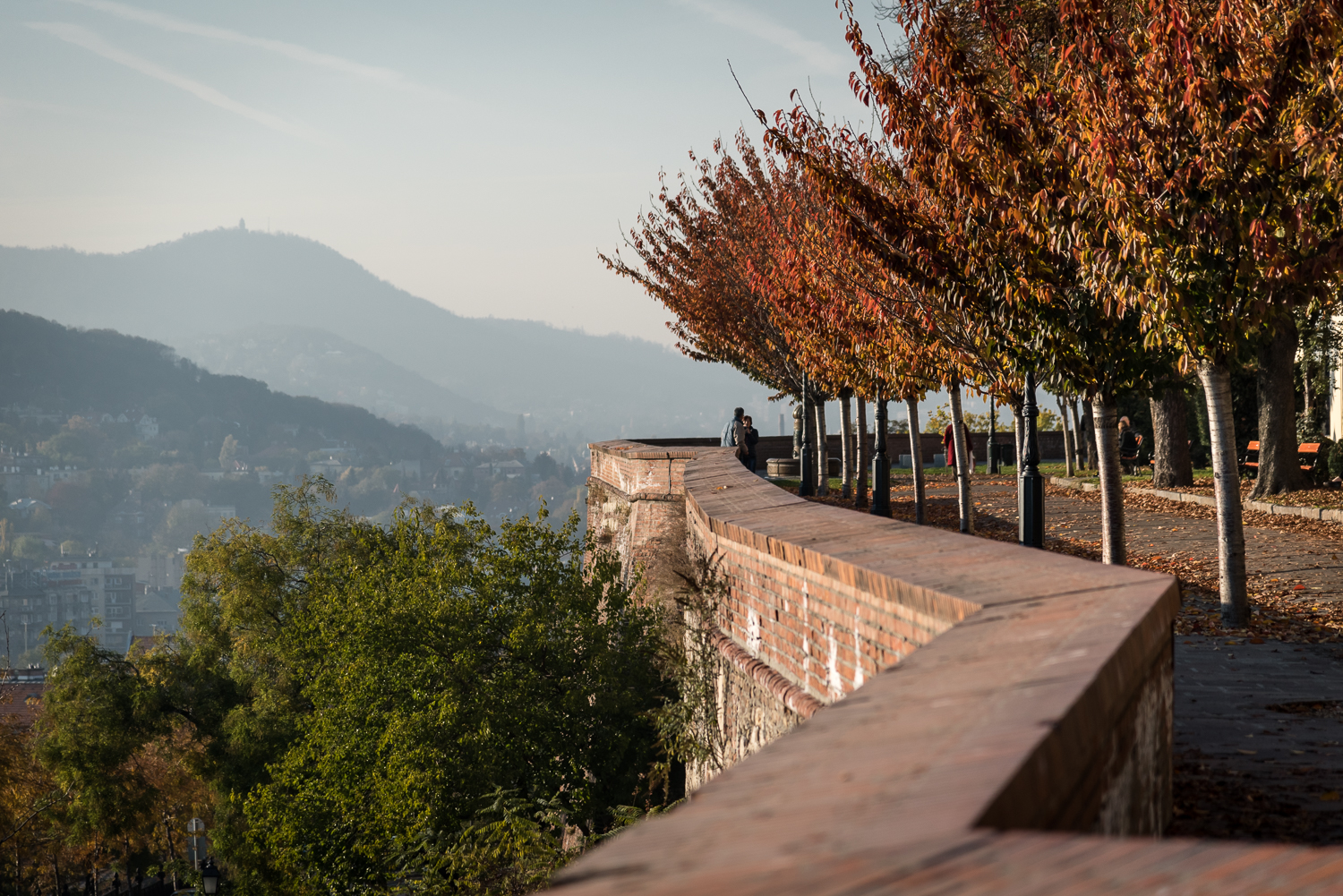Walking past the statuesque historic buildings of Buda Castle, watching the falling leaves at Tóth Árpád Promenade, and sipping a coffee while only slightly bundled up amid the sunlit cobblestoned terrace of Ruszwurm – why can’t we all live like this, at least sometimes, in our city? The charms of Buda’s Castle District are often only appreciated by tourists, but we are happy to remember that anyone can enjoy this old-world atmosphere anytime, and especially when autumn’s paintbrush enhances the scenery with rich shades of yellow, burnt umber, and scarlet.
Meanwhile, this little excursion revealed that various developments in the Castle District are starting to really make an impact in gracefully modernizing this centuries-old neighborhood.
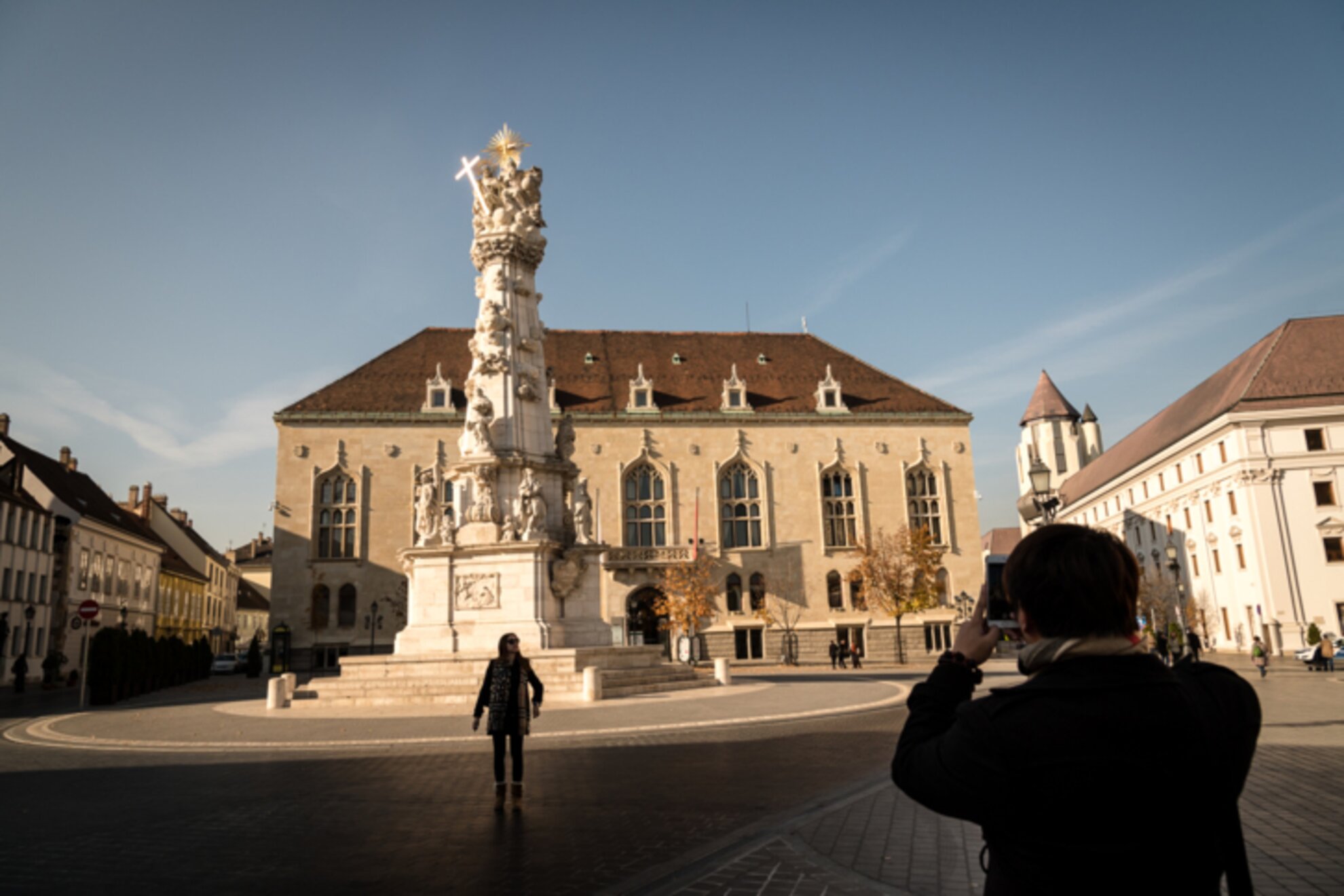
The veener of the square in front of Mathias Church is newly renovated, as is the 15-meter-high Holy Trinity Statue and the House of Hungaricums behind it.
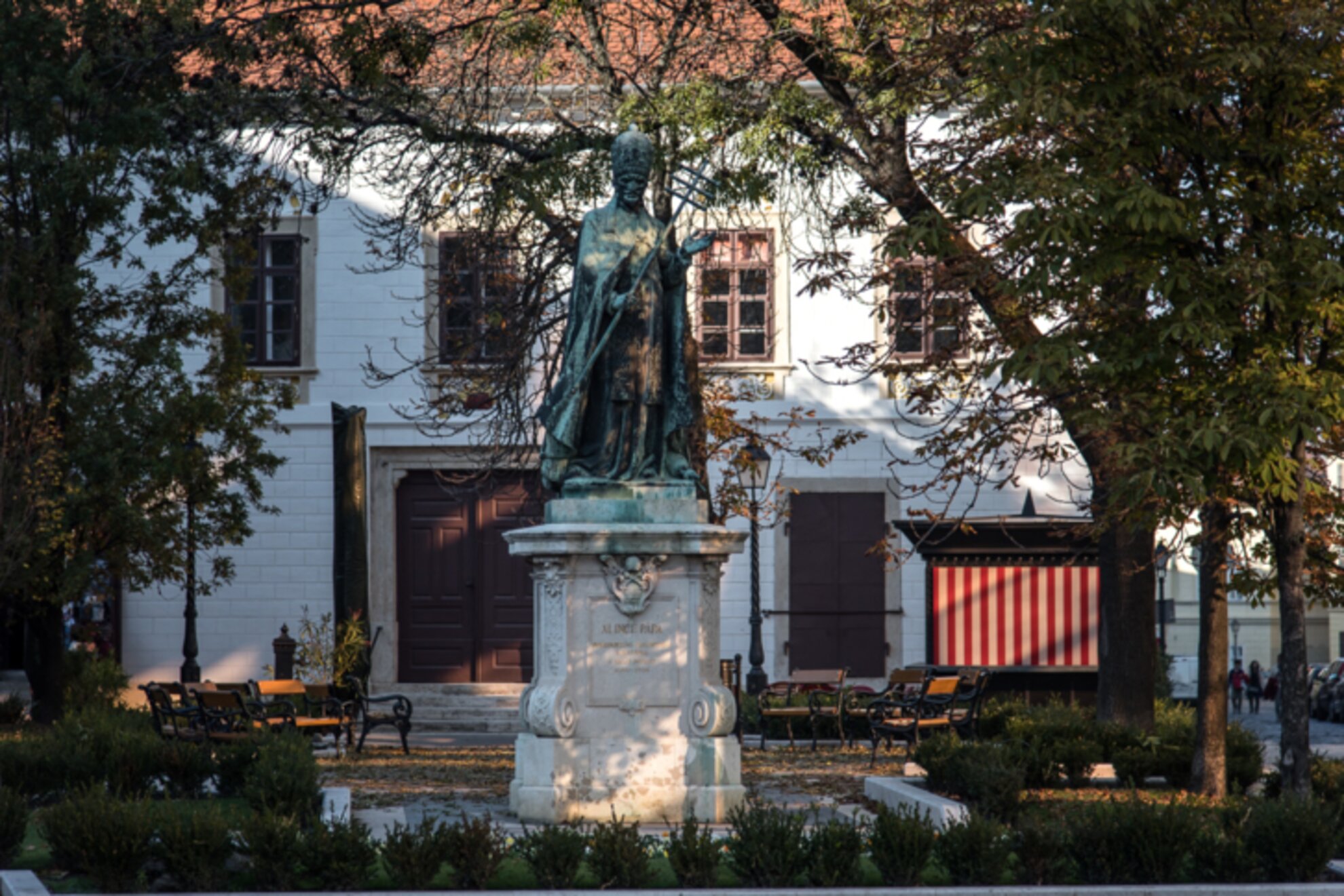
Not too far away from the House of Hungaricums, András Hess Square – named after a famous 15th-century printer, who produced Hungary’s first printed book – is the location of Buda’s Vörös Sün House (Red Hedgehog House), the city’s oldest building.
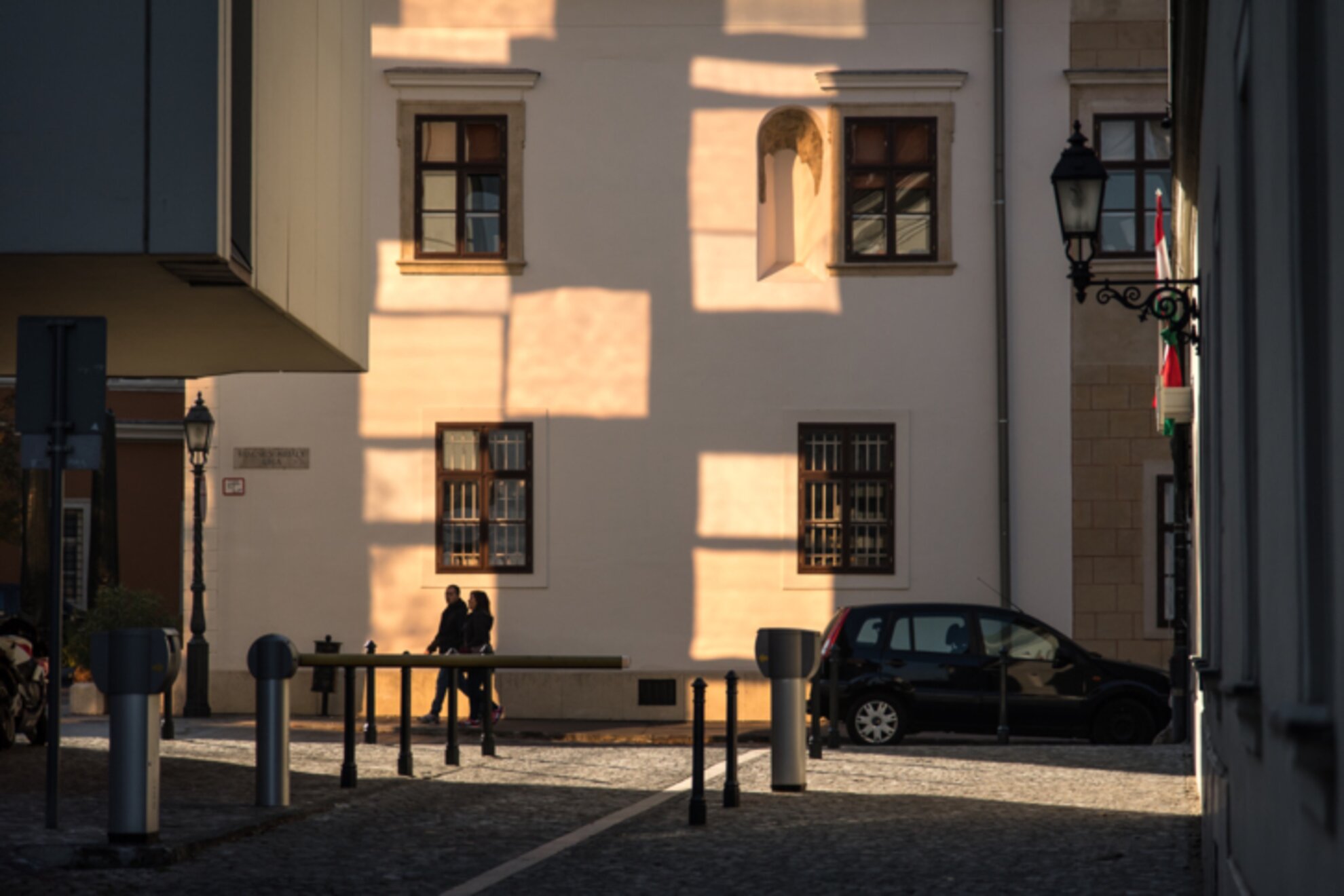
One of the first Hungarian luxury hotels, the Budapest Hilton, was built among the ruins of medieval buildings – a Jesuit monastery and Saint Michael’s Church of the Dominican order – and traces of both hallowed monuments are still visible inside and out of the deluxe accommodations.
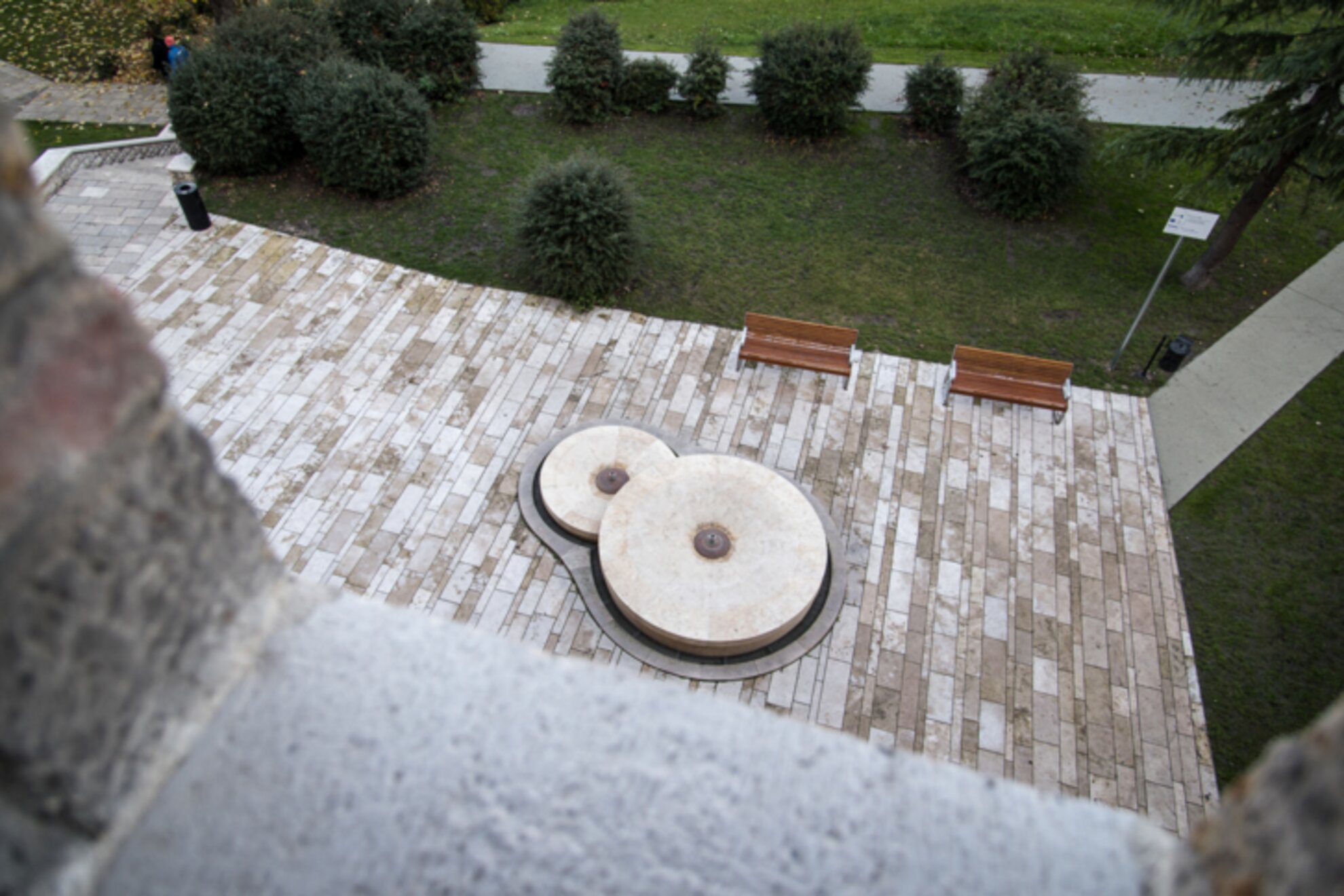
To enhance access to the Castle District, there are several new and refurbished ramps, and even some new elevators.
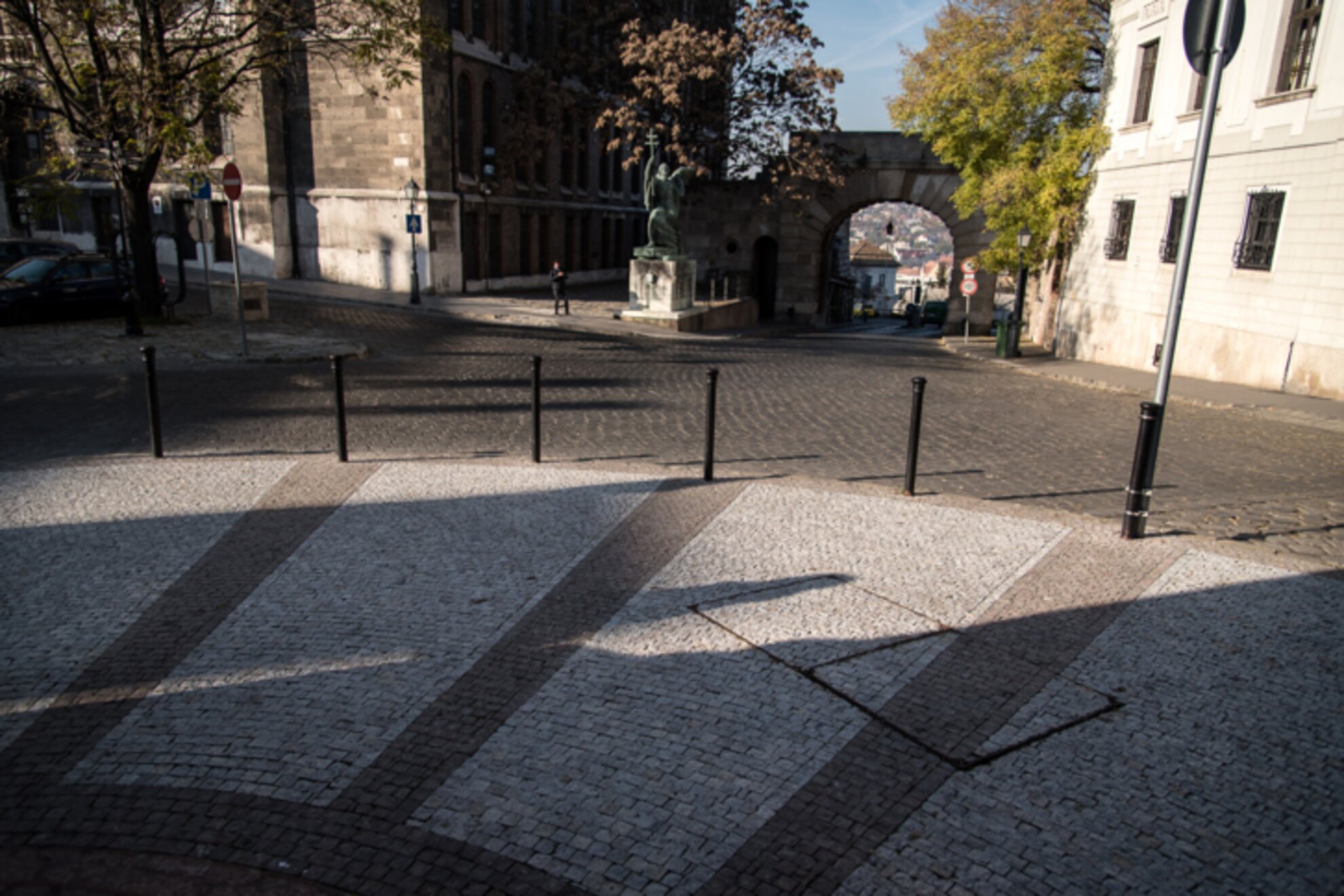
The angel standing in front of the Vienna Gate was made by Béla Ohmann.
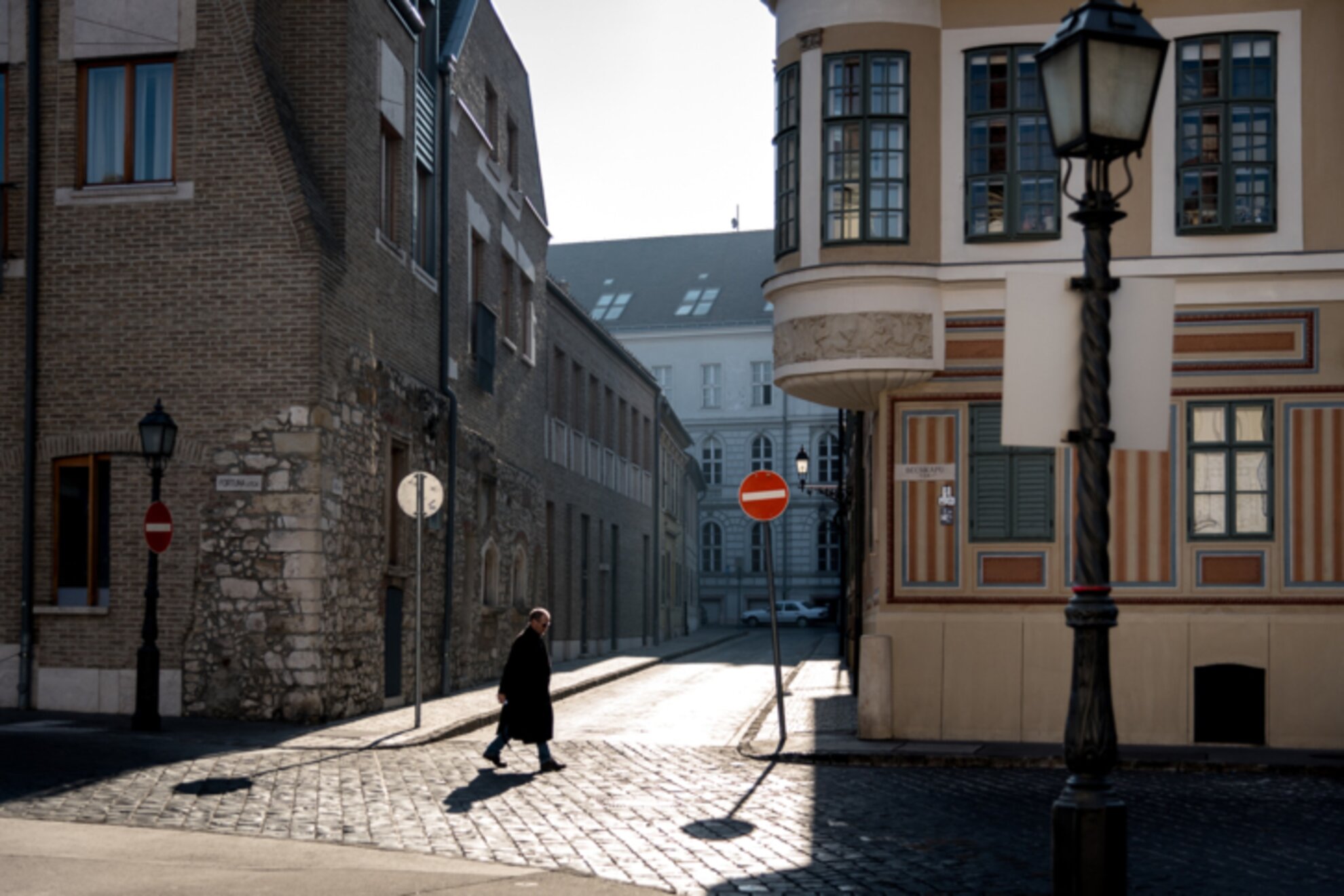
Most of the civilian buildings of the Castle District were rebuilt after World War II. On the right, there is a building reflecting its original beauty, and on the left, one that is built around 2000 – but it fits well into the environment.
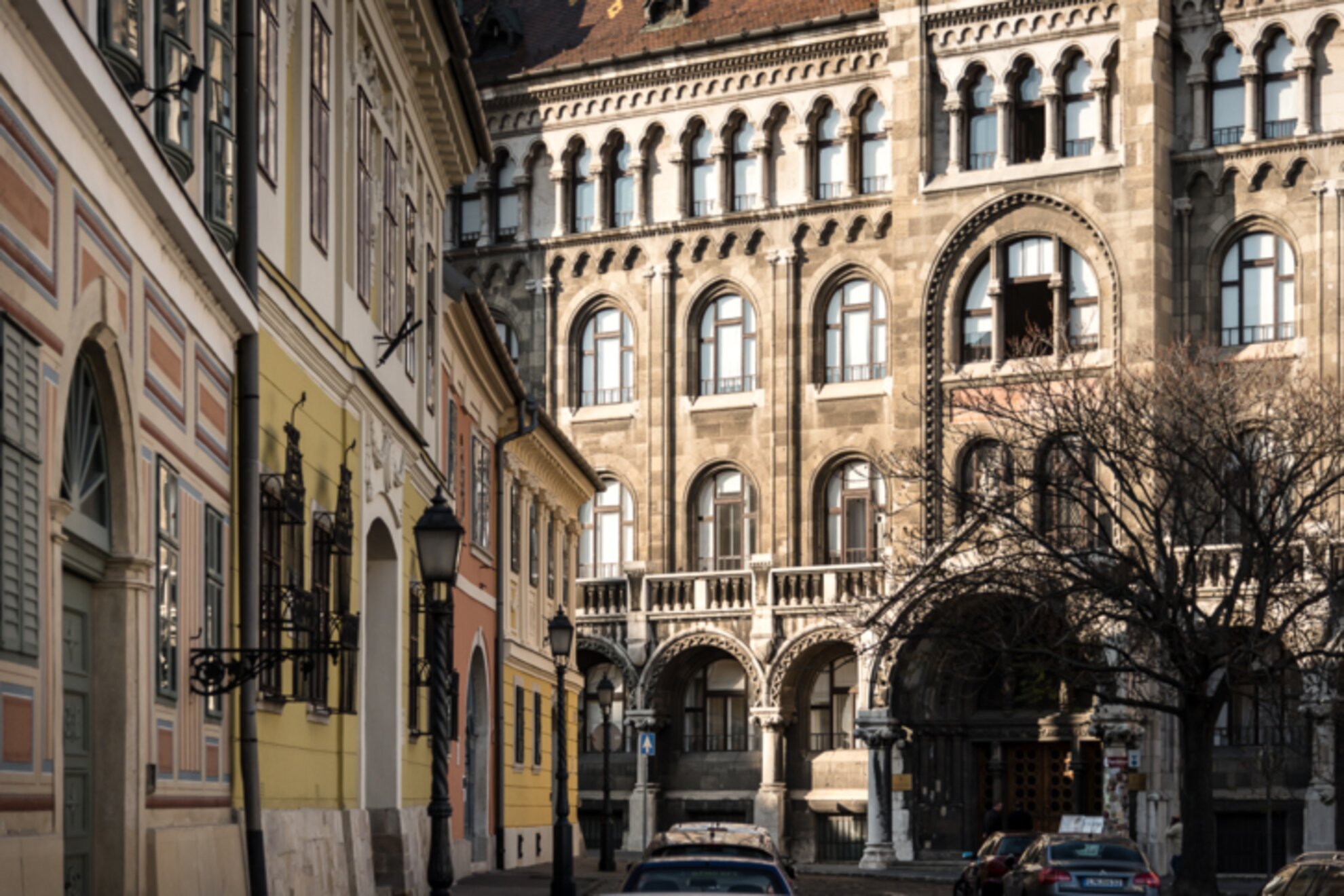
The northern part of the Castle District is dominated by the building of the Hungarian National Archives, with its roof covered by Zsolnay tiles designed by Samu Pecz.
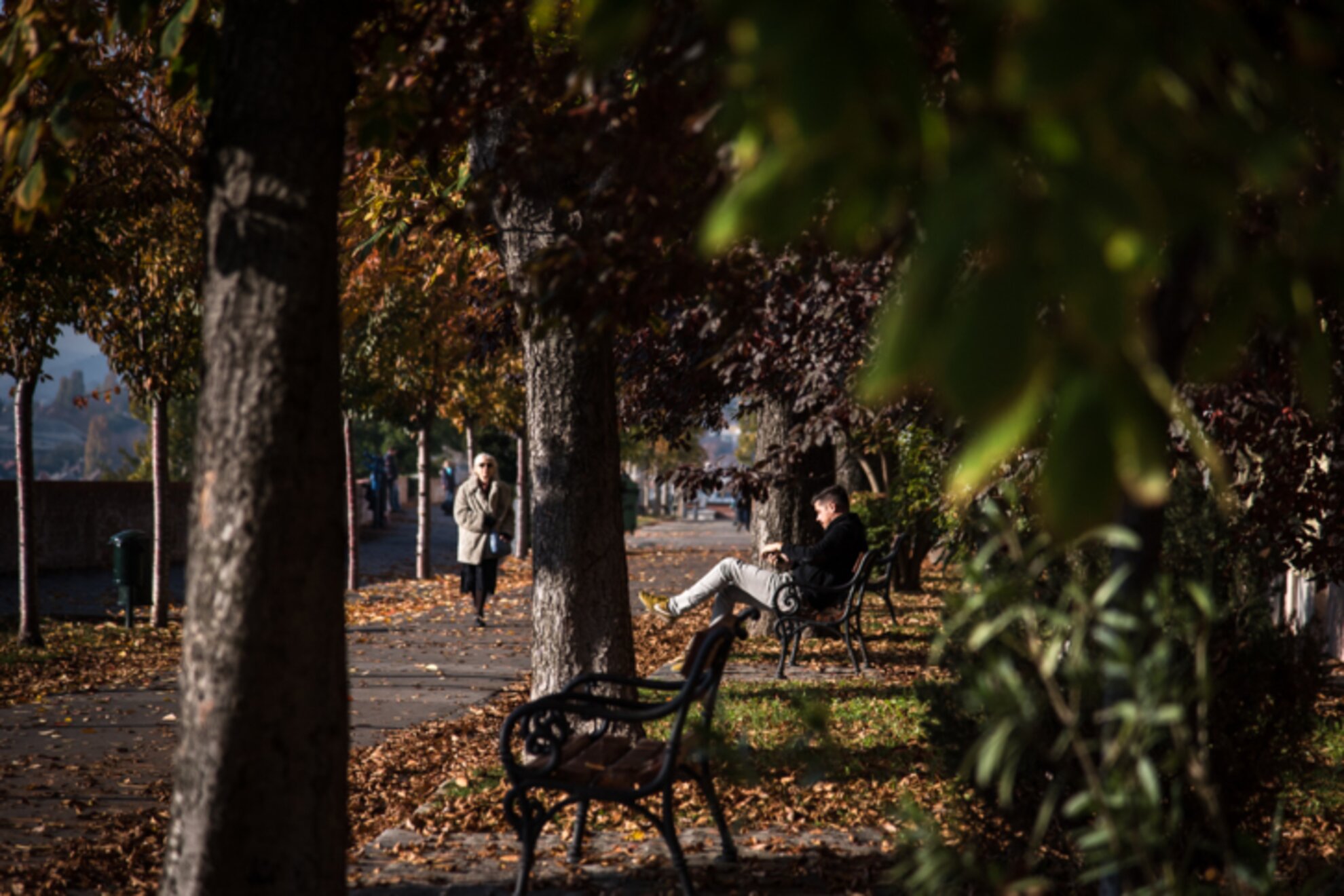
On clear days, Árpád Tóth Promenade is sunlit throughout the whole afternoon – it is not surprising that many people take walks along here.
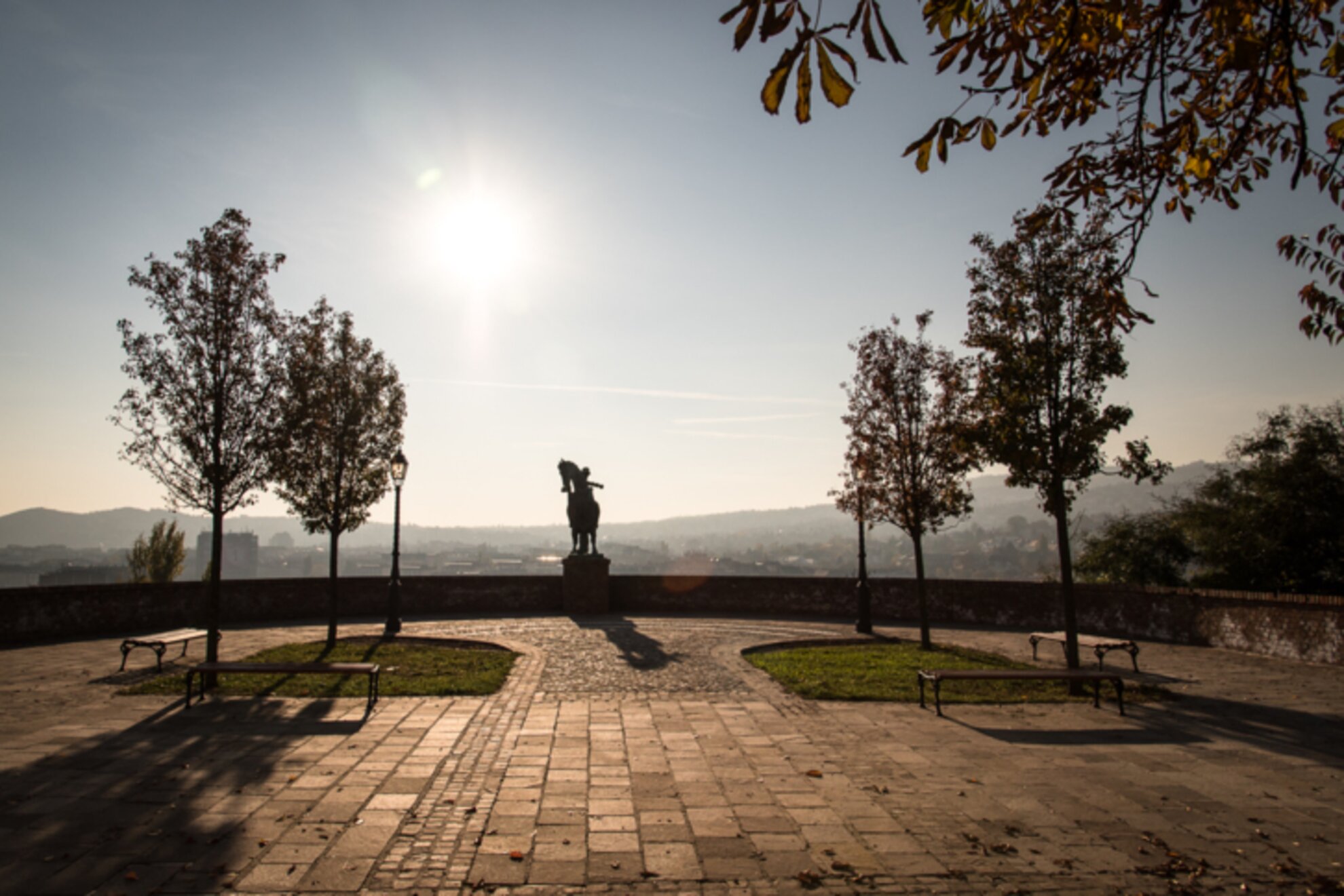
The panorama speaks for itself.
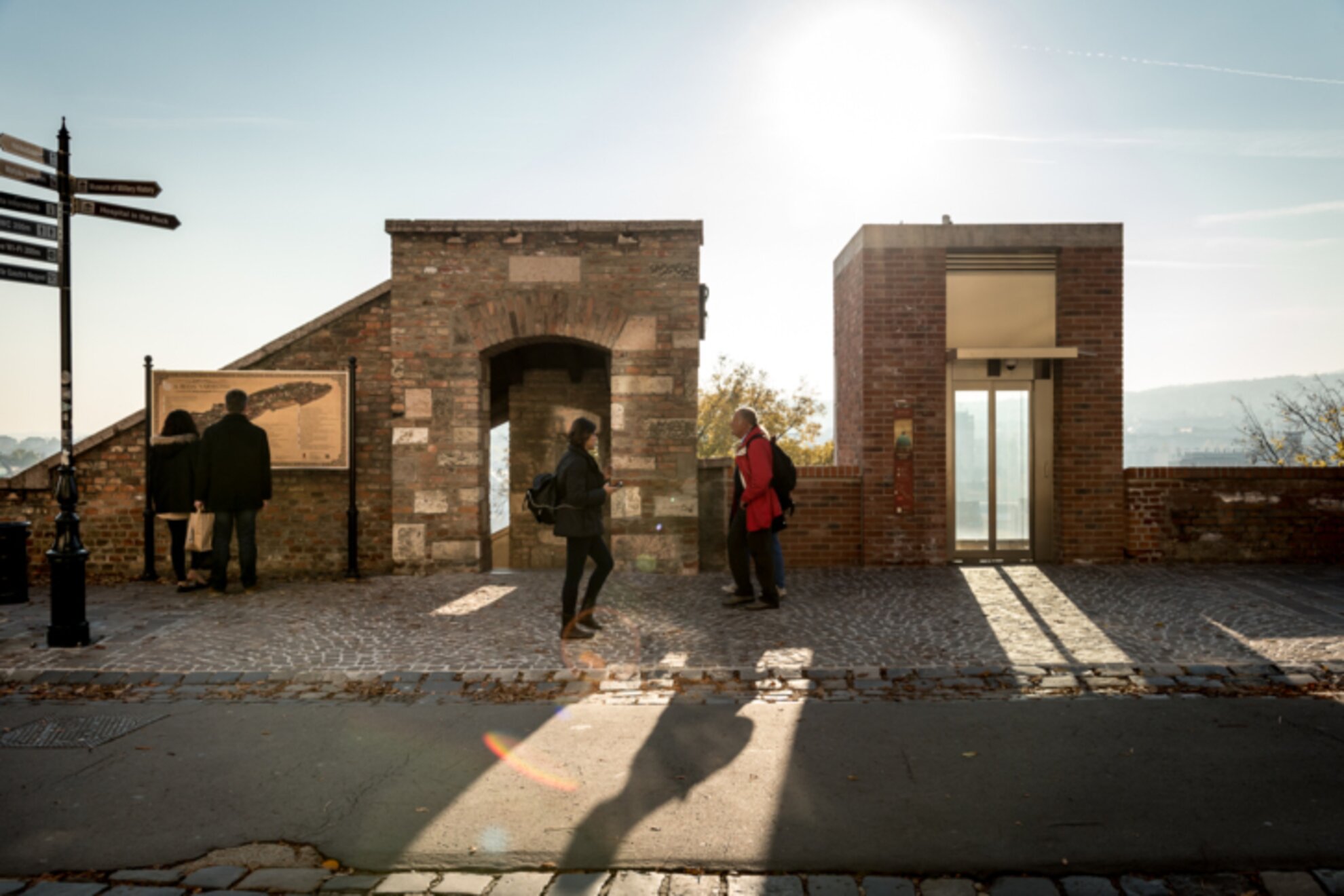
This new elevator links Lovas Street and Árpád Tóth Promenade.
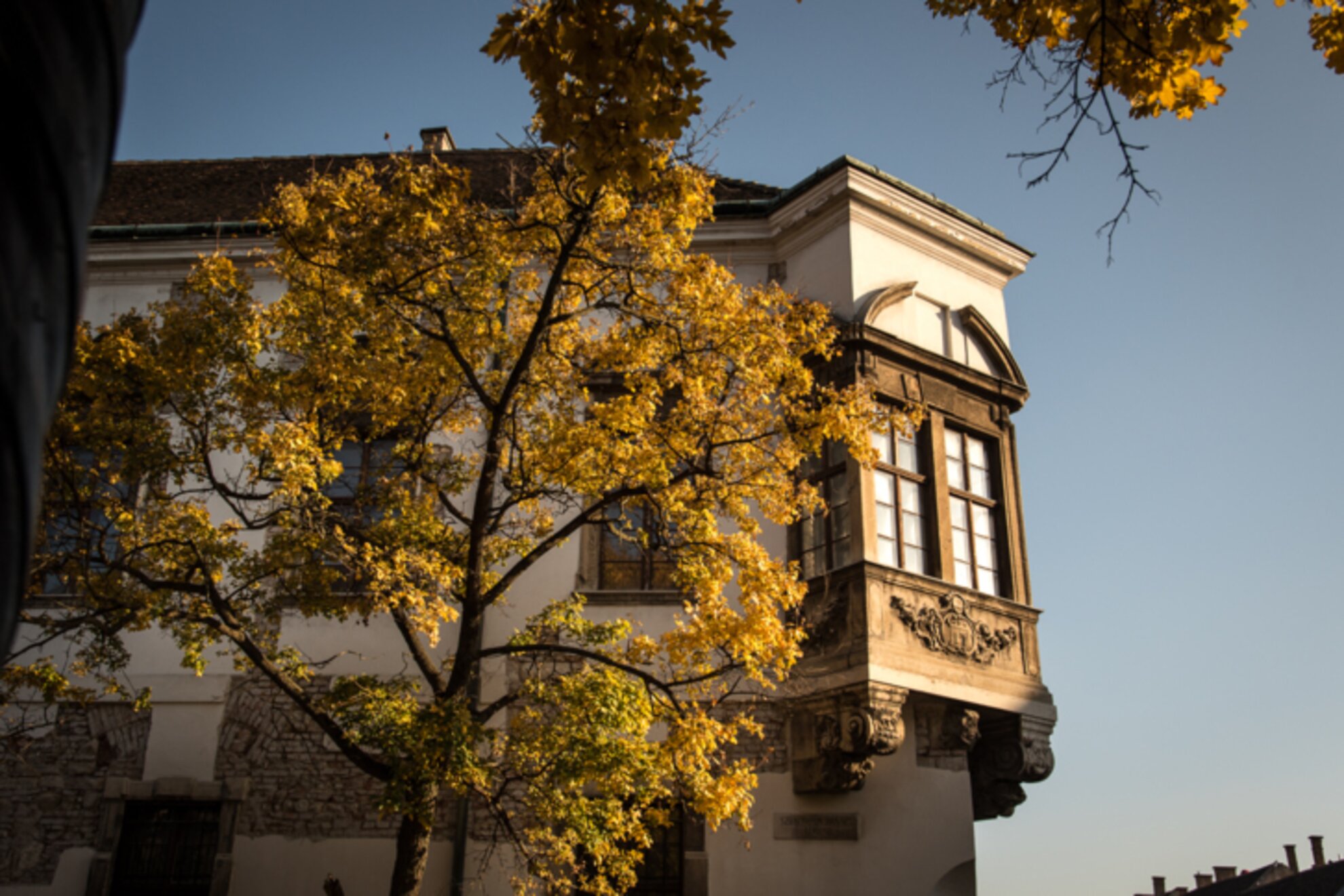
The Baroque building of Buda’s Old Town Hall stands on the corner of Szentháromság Street and Úri Street.
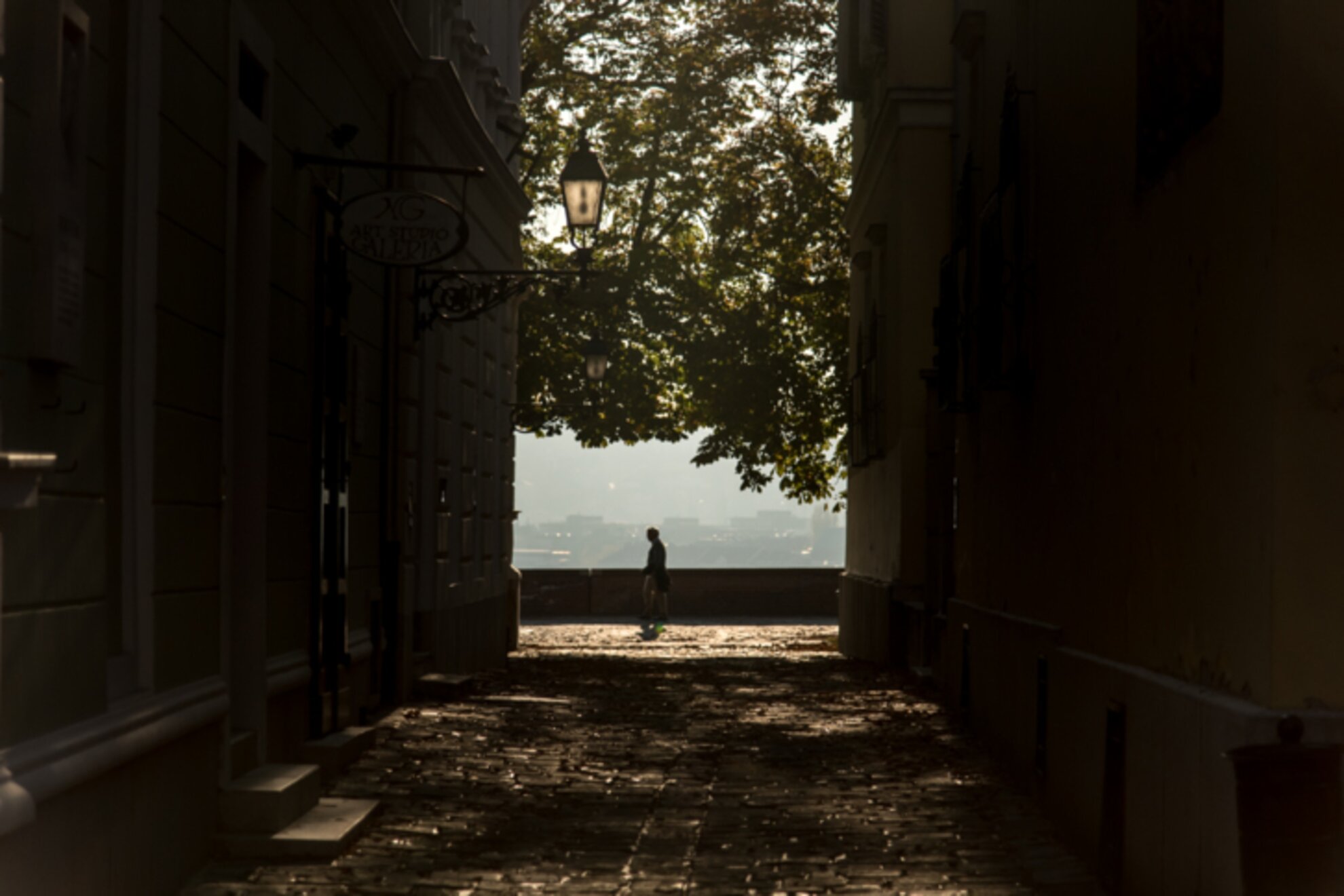
A walker admires the view along Árpád Tóth Promenade.
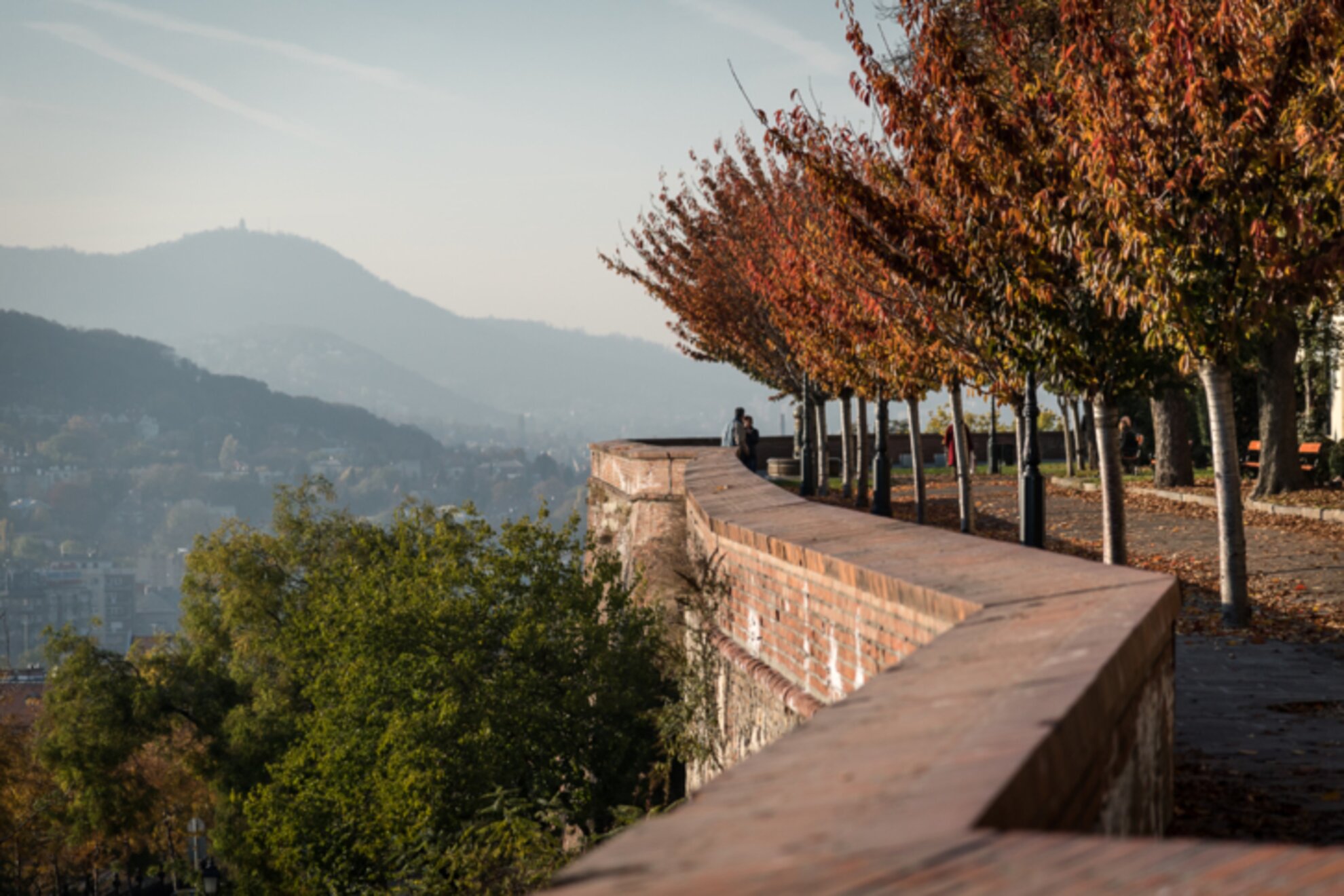
The highest point of Budapest, János Hill, stands in the distance.
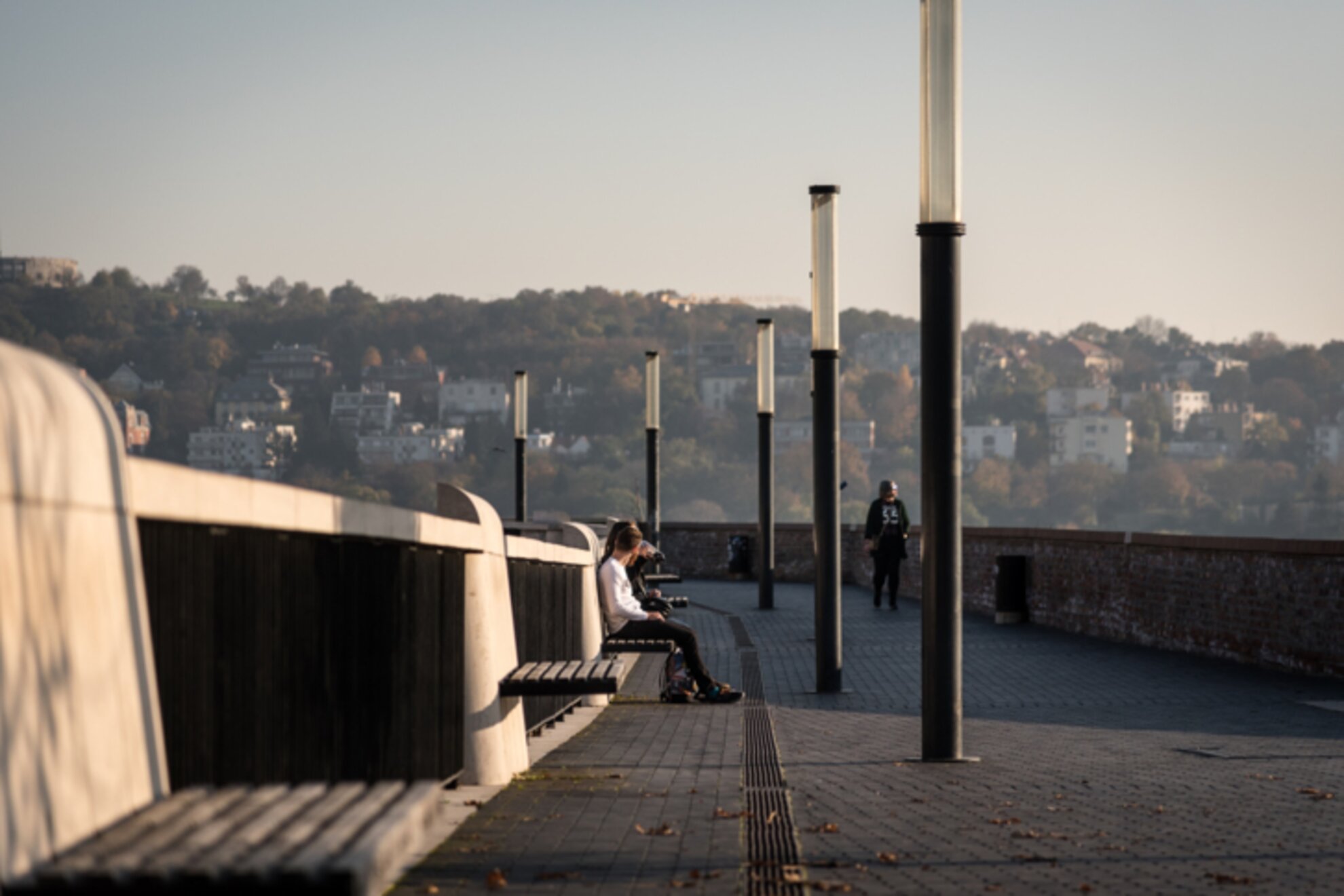
Benches at Szent György Square, near the Royal Palace.
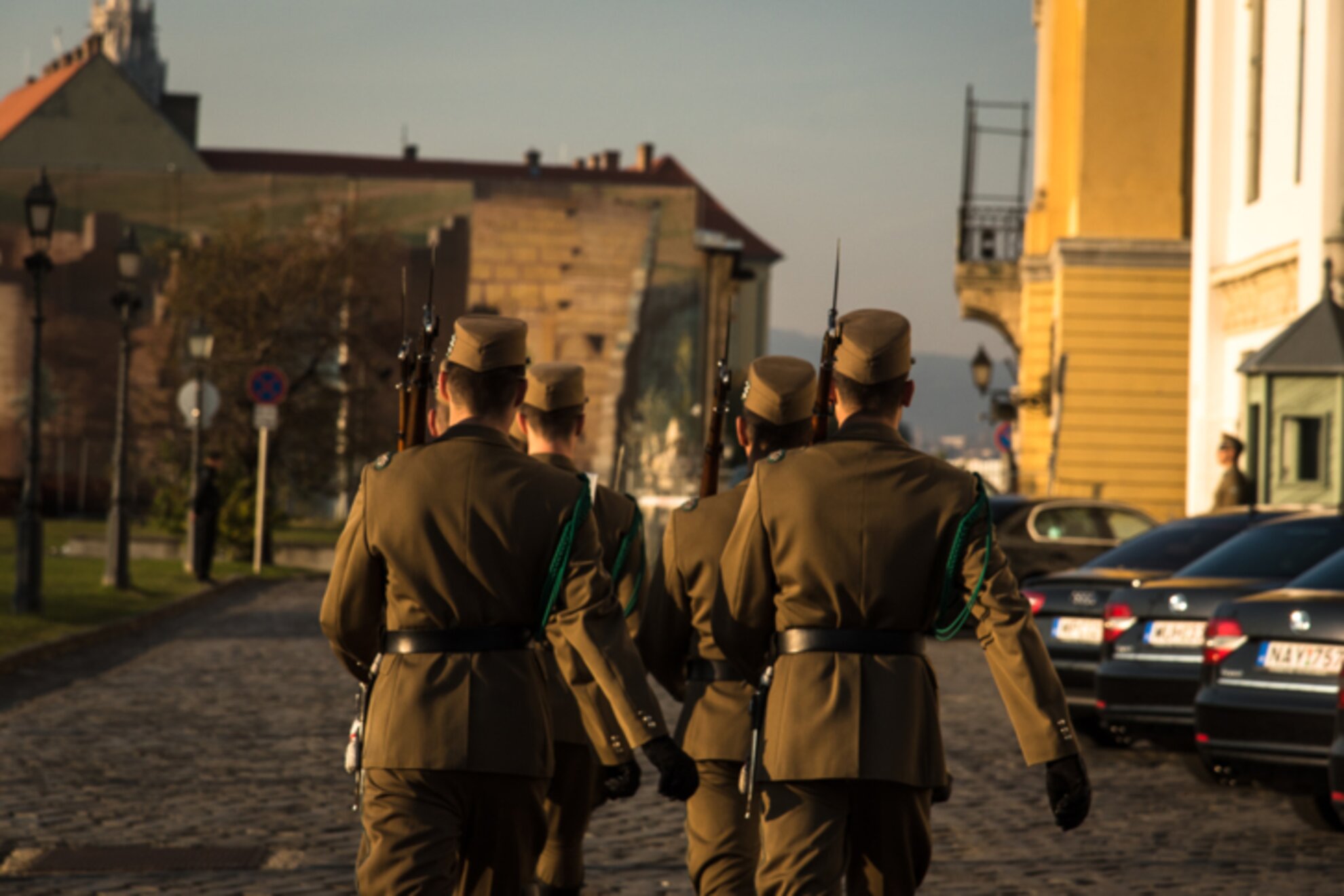
As daylight begins to fade, we conclude this stroll by watching the changing of the guard before the Sándor Palace, the home of Hungary’s president, next to the Buda Castle Hill Funicular.
